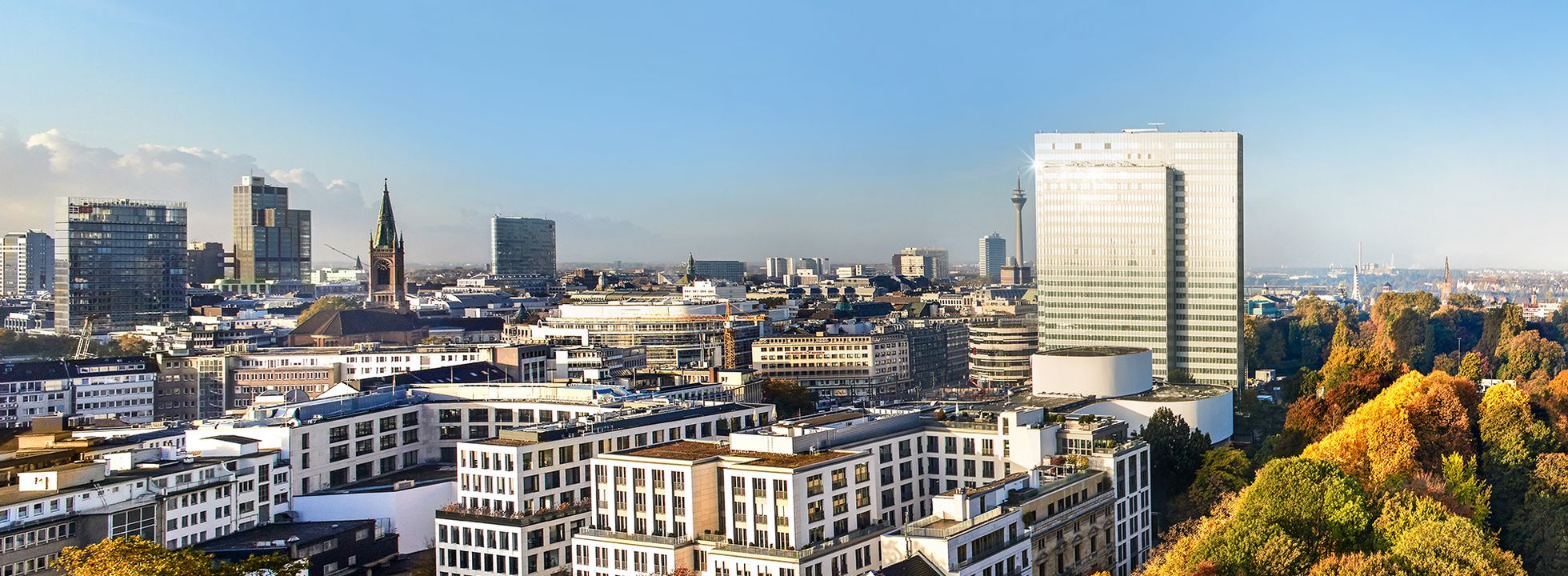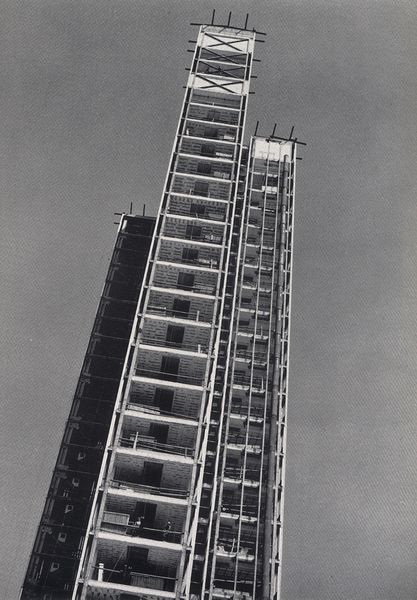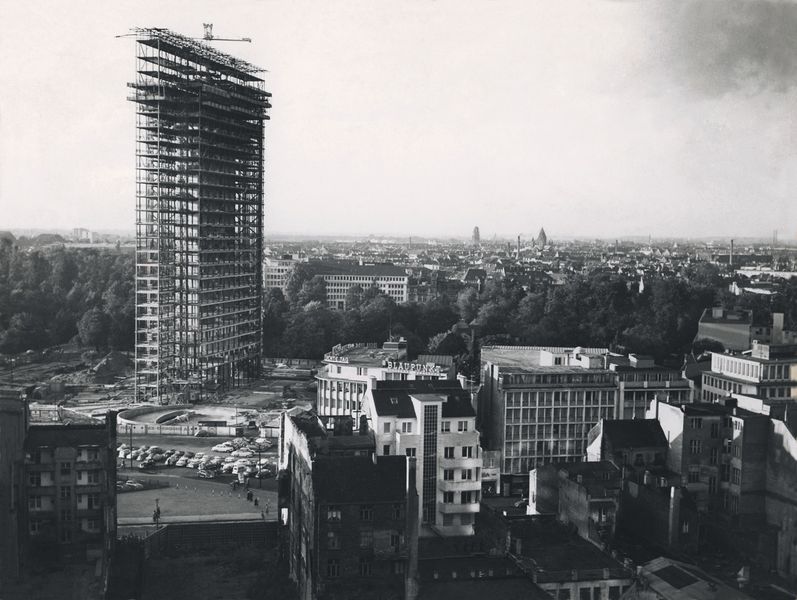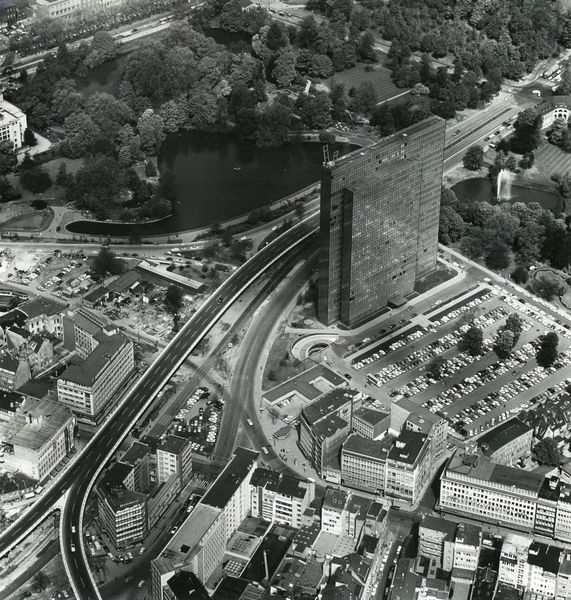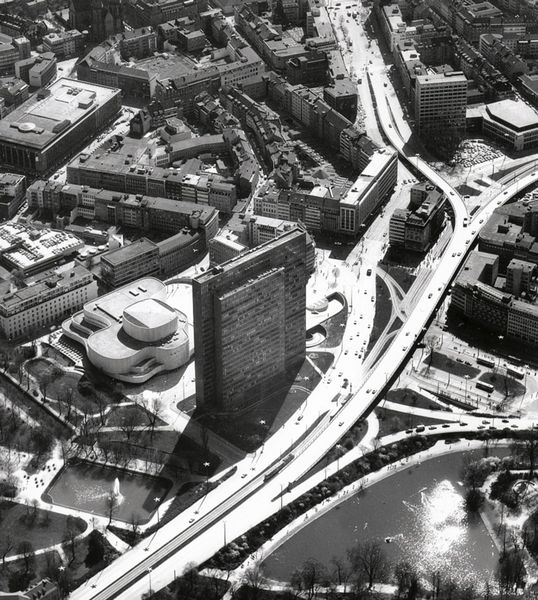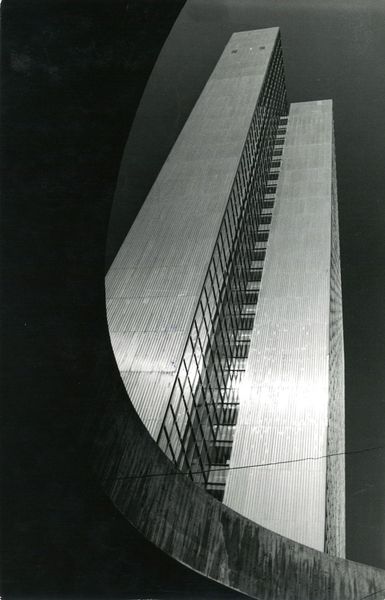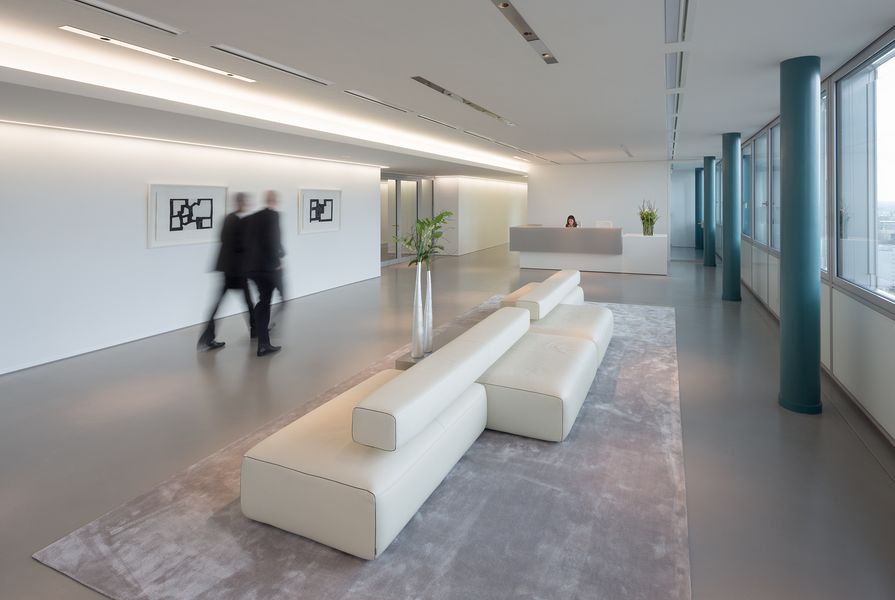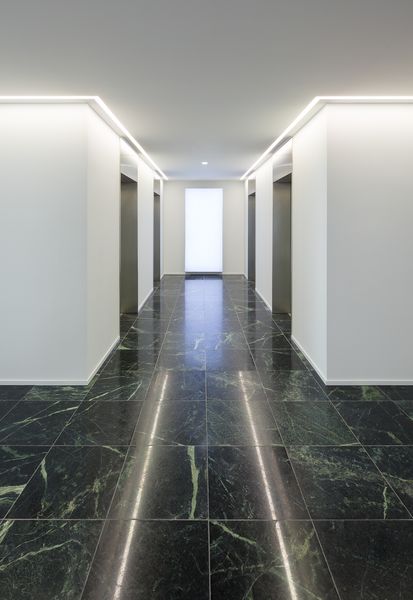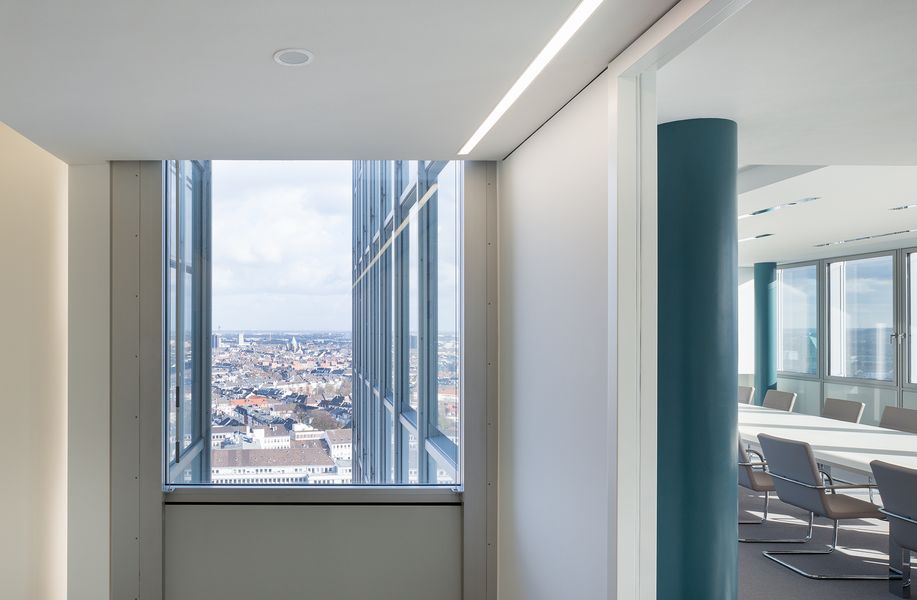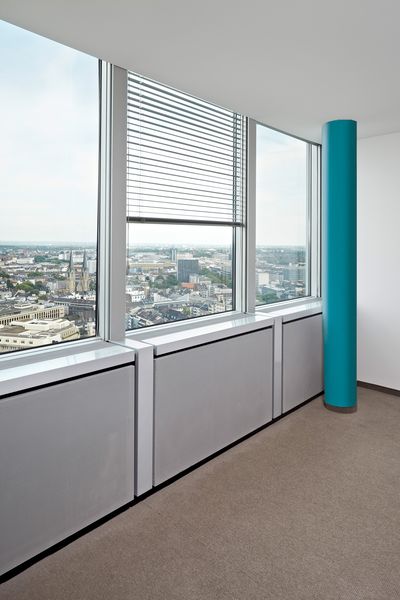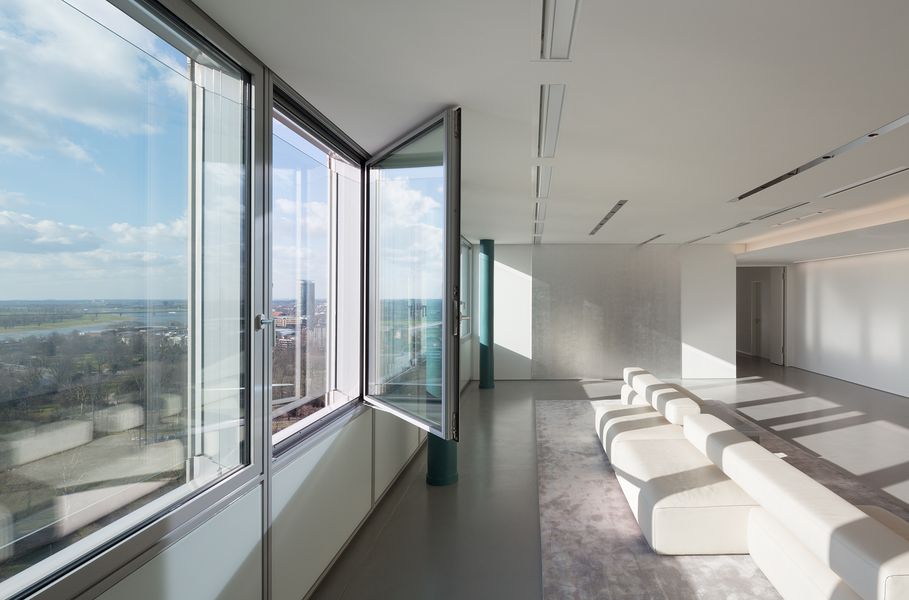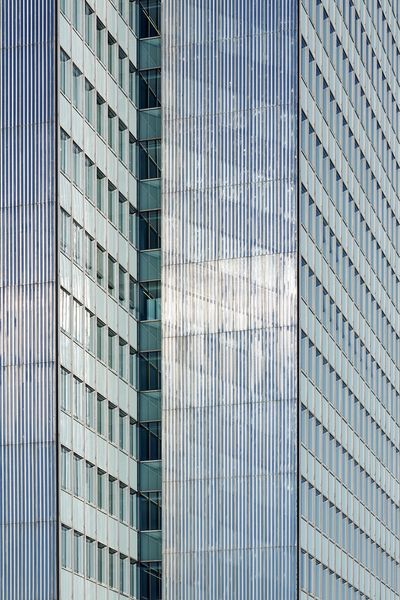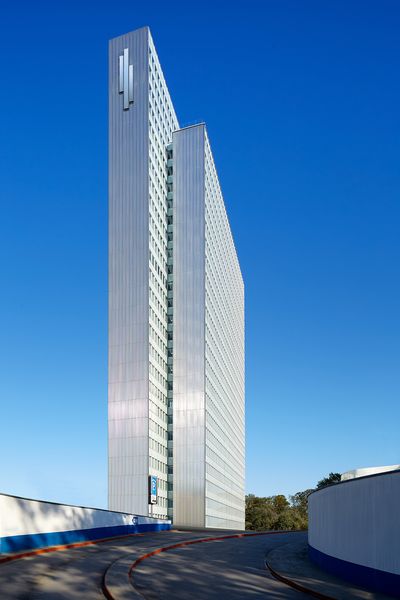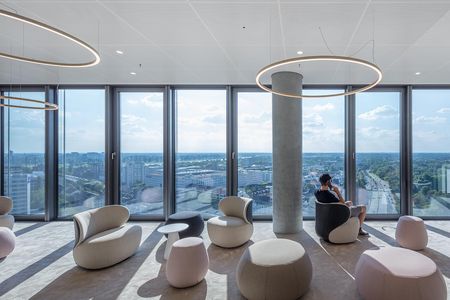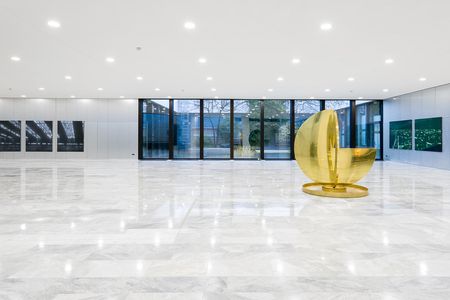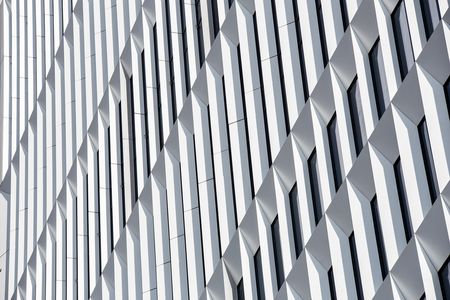Design and renovation of one of Düsseldorf's iconic buildings
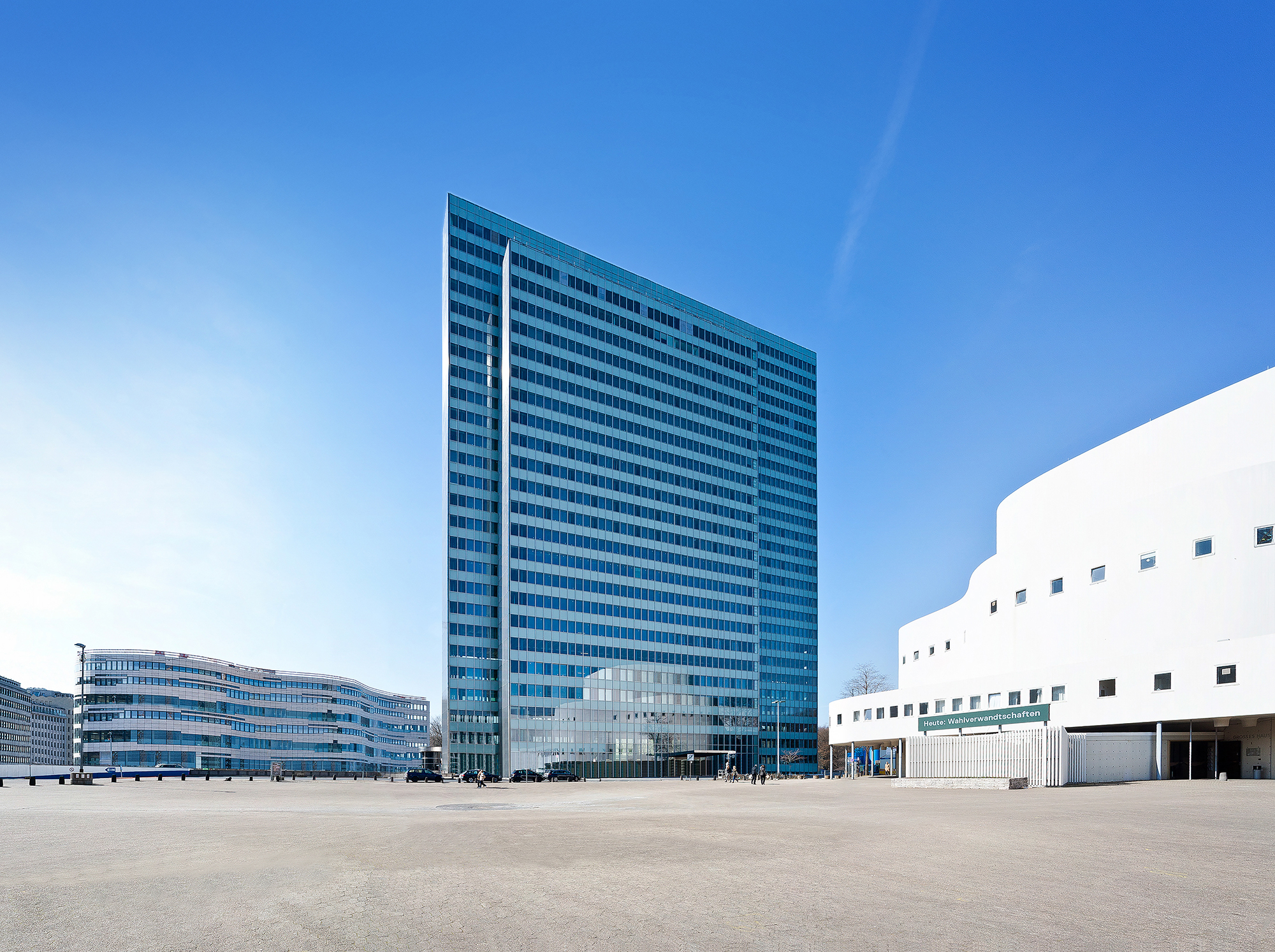
Dreischeibenhaus
Client: Phönix-Rheinrohr AG / Client - revitalisation: Dreischeibenhaus GmbH + Co. KG / Location: Düsseldorf / GFA: 49,800 m² / Completion: 1960
Revitalisation: 1994, 2015 / Awards: MIPIM Award 2015 "Best Refurbished Building", Balthasar-Neumann-Prize, 2016, Exemplary Buildings in NRW 2015
Green Building: Leed Gold
Services: Architecture, Revitalisation
HPP modernises HPP
With its symbolic character, the Dreischeibenhaus still fulfils its communicative, and urban function today and, as a solo building situated between the Hofgarten and the Schauspielhaus, is an important architectural landmark. After a dramatic 50 year history, the famous Dreischeibenhaus in Düsseldorf has been shining in its new glory since 2015.
Joachim H. Faust, former Senior Partner HPP"HPP's international reputation was established in 1960 with the Dreischeibenhaus and since then it has stood to symbolise our concept of valuable architecture."
Our icon of the post-war era
The administrative building designed by Helmut Hentrich and Hubert Petschnigg for Phönix-Rheinrohr AG (Thyssen from 1964) is regarded as one of the icons of German post-war architecture.
A striking result of the concept were the three slender slabs offset against each other, of which the middle one, with a height of approximately 96 metres, projects three storeys above the two outer ones. The building owes its name to this structure.
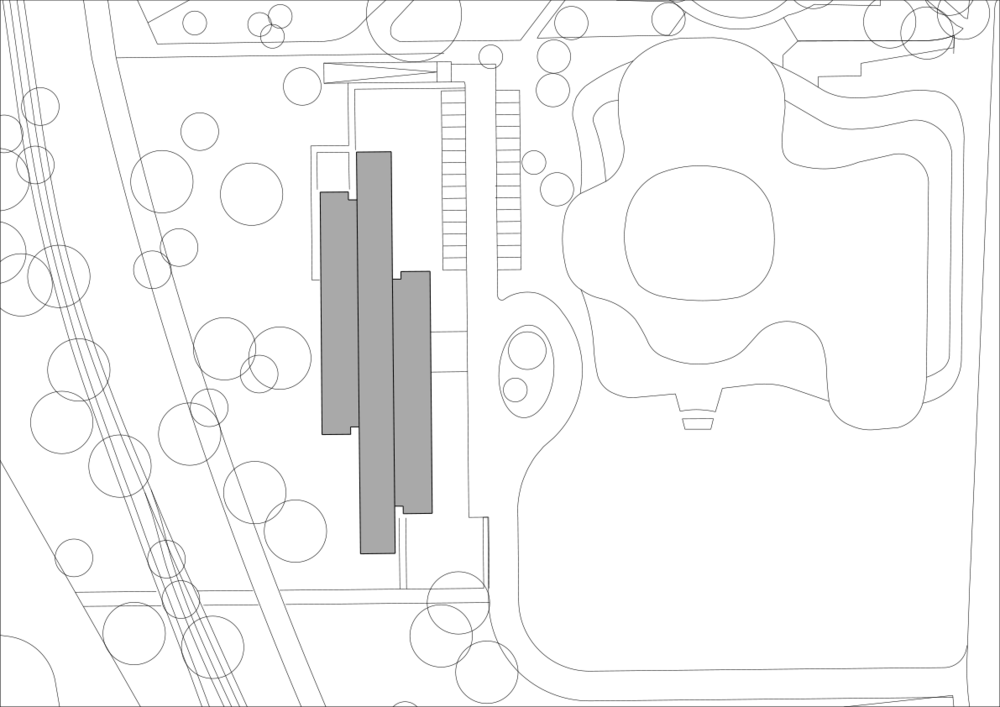
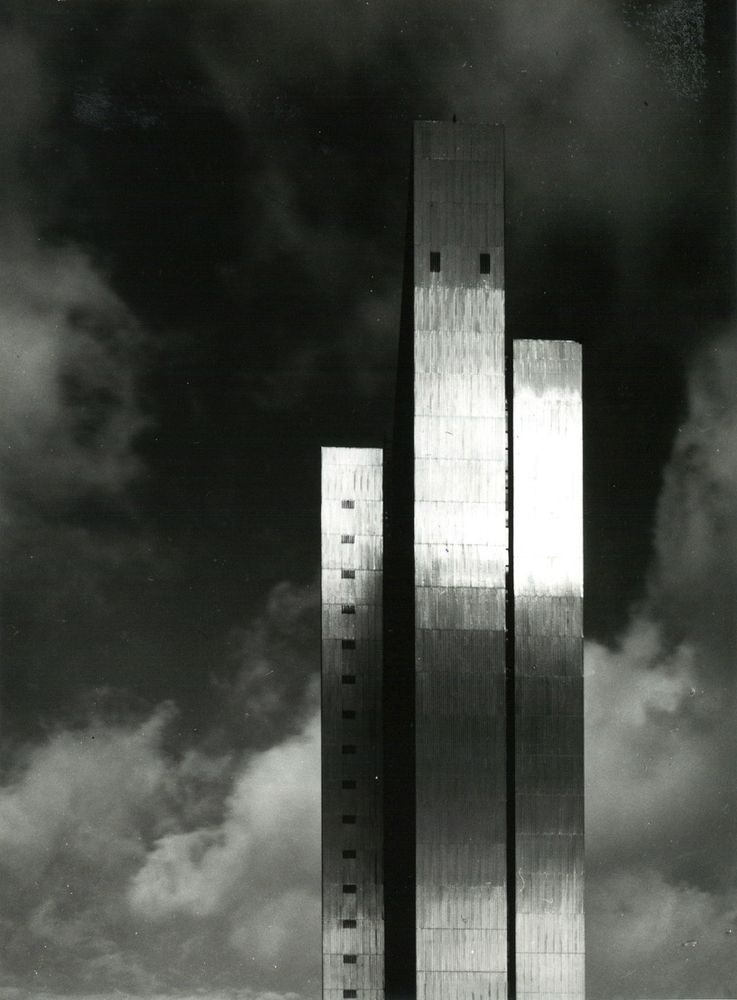
Façade
The simple and clear glass-aluminium curtain wall and the stainless-steel covered upper edges make a powerful impression far beyond Düsseldorf's city limits.
A steel skeleton construction of this kind had not been built before in Europe.
It was completed in 1960 after only three years of construction. Fifty years after completion, the Dreischeibenhaus still marks one of HPP's architectural highlights. In 1988 the building was placed under a preservation order because it was a pioneer for subsequent projects.
Revitalisation of the Dreischeibenhaus
ThyssenKrupp used the building as their group headquarters until 2010 and when they moved out, it initially stood vacant. In 2011, the MOMENI Gruppe and Black Horse Investments acquired the listed building and commissioned HPP Architects – as successors to the original architects – with the modernisation.
Claudia Roggenkämper, Partner HPP„As we designed the original ourselves, we have an extensive archive at our disposal. This allows us the option of providing a faithful restoration to the original condition - if that is what is desired.“
Façade
The energy efficiency of the curtain wall façade was improved by installing an additional primary façade from the inside on each storey in the office areas. The outer load-bearing façade construction including the parapet element remained untouched. Only the glass was replaced by impact-glazing. The windows behind the primary façade can be opened manually and thus allow the offices to be ventilated and kept sheltered from the wind. Installed in the space between the façades, the solar shading appears as if it were on the outside.
At a distance, the familiar image with its open or closed sun shading louvres remains. The chamfered stainless steel surfaces of the front facades were cleaned and have also been preserved thanks to the durability of the material.
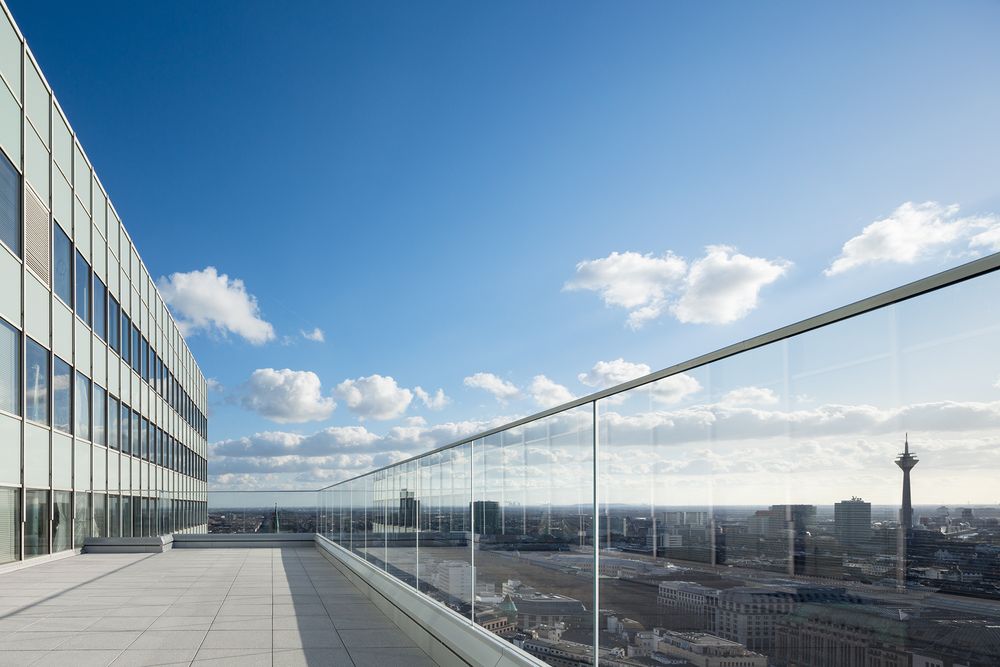
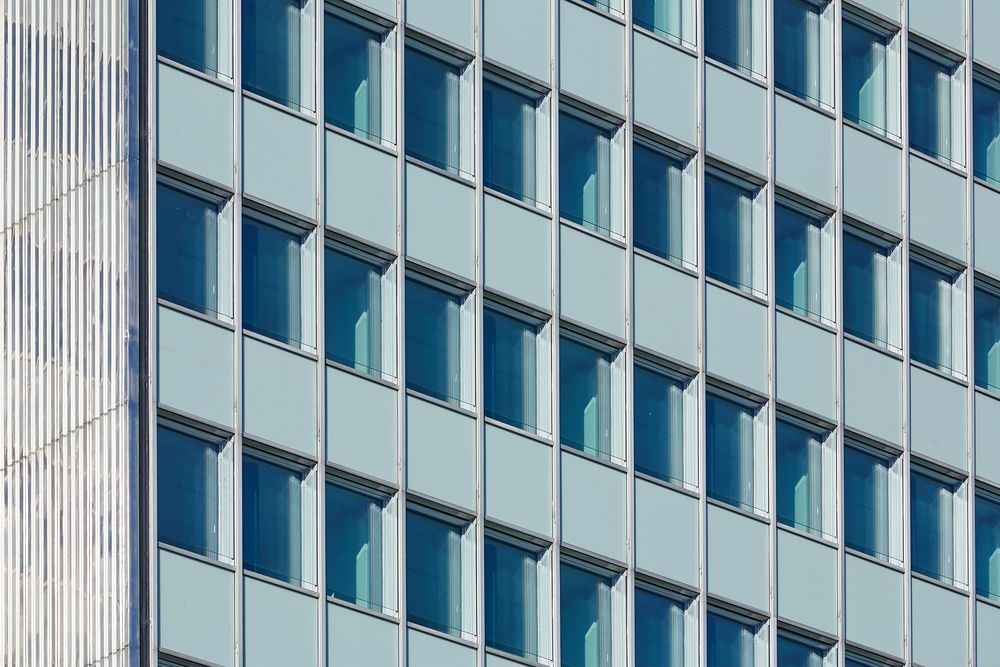
Today one of Düsseldorf's highest usable roof terraces
In addition to the measures on the façade, the modernisation of the MEP and fire protection services deserve particular mention. The former was decentralised resulting in an increase in space of around 1,200 m².
Thanks to the installation of a number of fire curtains and an additional emergency exit, the listed foyer was able to be retained in its original condition.
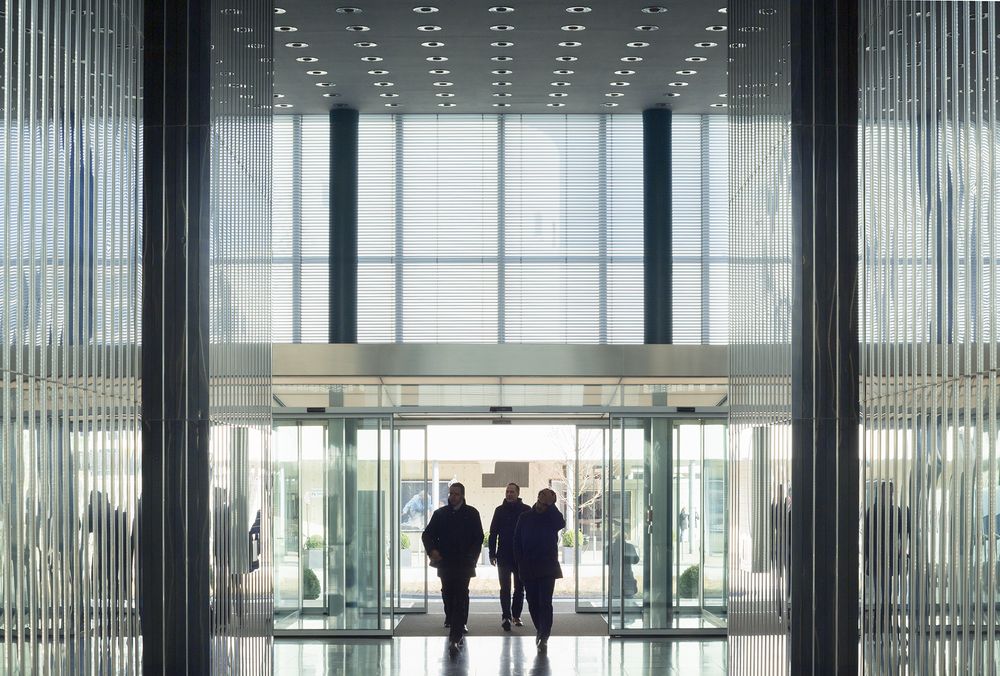
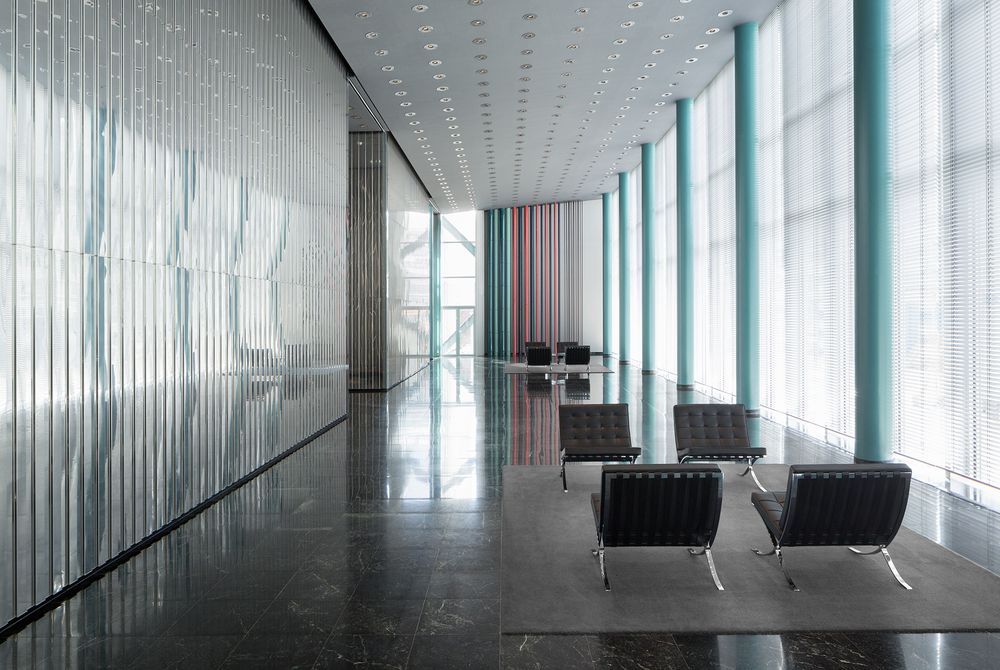
From single-tenant to multi-tenant use
All of the office storeys were modernised to enable flexible letting, making it possible for up to two tenants to use each floor. The fit-out and the design of the interiors was determined by the tenants, a number of whom opted to make reference to the building itself, choosing dark green marble floors or the stainless steel cladding of the access core.
Further renovation measures were required in the basements and the underground car park, which are now connected to the municipal traffic tunnel. Two new terraces have been created on the roofs of the outer slabs.
MIPIM Award 2015 in the category "best refurbished building".
The modernisation of the Düsseldorf landmark received the MIPIM Award in the category "best refurbished building" in 2015. Presented at the MIPIM real estate fair in Cannes, the MIPIM Awards are among the most important awards in the industry worldwide. The eleven-member jury, consisting of architects Kengo Kuma and Dominique Perrault among others, as well as the MIPIM visitors voted in equal parts for the Dreischeibenhaus, which prevailed against three other finalists, including the National Library in Riyadh.
Joachim H. Faust, Senior Partner HPP"Protecting historical monuments means understanding the quality of the architecture of the building in its current state. This provides the foundation for further construction in the context of the architecture of the existing building."
Not timeless, permanently contemporary
Our striving for typological clarity, for integrity of detail and material and our goal to make every building unique was accomplished in the Dreischeibenhaus. From the outside, the building continues to embody the original design, but future tenants will now enjoy contemporary standards of comfort.
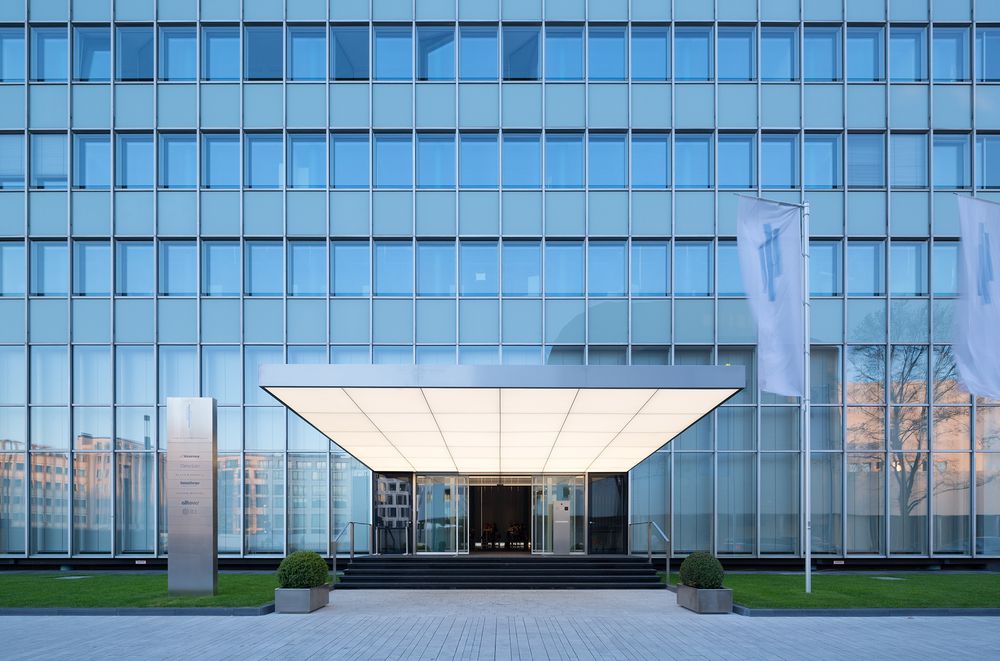
The detailed specification
We modernised the Dreischeibenhaus and adapted it to meet contemporary letting standards.
During the 2010 assessment, we examined the strengths and weaknesses of the existing condition. The Dreischeibenhaus was and is a listed high-rise icon in Düsseldorf's prime inner-city location. However, high operating and energy costs, an uncomfortable internal climatic conditions, no effective sun protection, the absence of openable windows, safety deficiencies in fire protection, an outdated interior design in some areas and an insufficient range of uses defined its weaknesses prior to revitalisation.
Target requirements
- Architecture: listed, fresh/new
- Façade: openable windows
- Energy: reduced primary energy consumption
- MEP: decentralised, completely new
- Building physics: highest standard
- Fire protection: highest standard
- Structure: stable
- Use structure: highly flexible, communicative
- Interior design: new, fresh, variable
- Costs: on budget
- The energy efficiency of the listed façade was improved and the office areas were designed as a 2-skinned façade with openable windows.
- The load-bearing structure of the outer façade, including the parapet element, remained untouched. The existing window glazing was replaced by a impact-glazing, at a distance of approx. 12 cm from the frame at the lower and upper edges.
- A second so-called primary façade was installed from the inside. The new primary façade has been installed throughout from screed to screed.
- The windows of the primary façade can be opened to enabble draught-free ventilation of the offices from the space between the façades. The inner parapet of the primary façade is designed as a panel, which on the room side is fitted with a glass insert, level with the frame construction.
- The solar shading was mounted in the space between the façades, approx. 95 mm behind the outer impact pane, electrically operable with 50 mm aluminium louvres in keeping with the original structure. Since the solar shading is located in the space between the façades, i.e. in front of the new primary façade, also offers thermal protection. The appearance of the façade with its open or closed sun protection louvres remains the same.
- The front façades with their chamfered stainless steel surfaces were cleaned and remain in their original condition due to the durability of the material.
- The structural elements of the listed lobby were all refurbished and restored to their original condition.
- The clearly discernible structural elements of the high-rise building in the glazed entrance hall with its load-bearing cores, cross bracing, piers and, in some cases, exposed pipework were finished in the same colours and materials as the original design. State-of-the-art fire protection requirements were met.
- All office floors, including the ground floor and mezzanine floors, were modernised for new occupancy and designed to meet tenant requirements.
- The ceilings were newly installed as either as flat or acoustically perforated suspended ceilings.
- Due to the provisions of the fire protection report, the office space can be divided into individual offices, combined offices or team rooms.
- The roof areas above the 21st floor were designed as roof terraces for tenants and events.
- The 23rd and 24th floors, formerly used as plant rooms, were transformed into office space.
- The lower ground floors used as car parks were refurbished optically and technically and modernised in line with state-of-the-art requirements.
- The entrance to the car park was reconfigured in close cooperation with the Traffic Management Authority.
